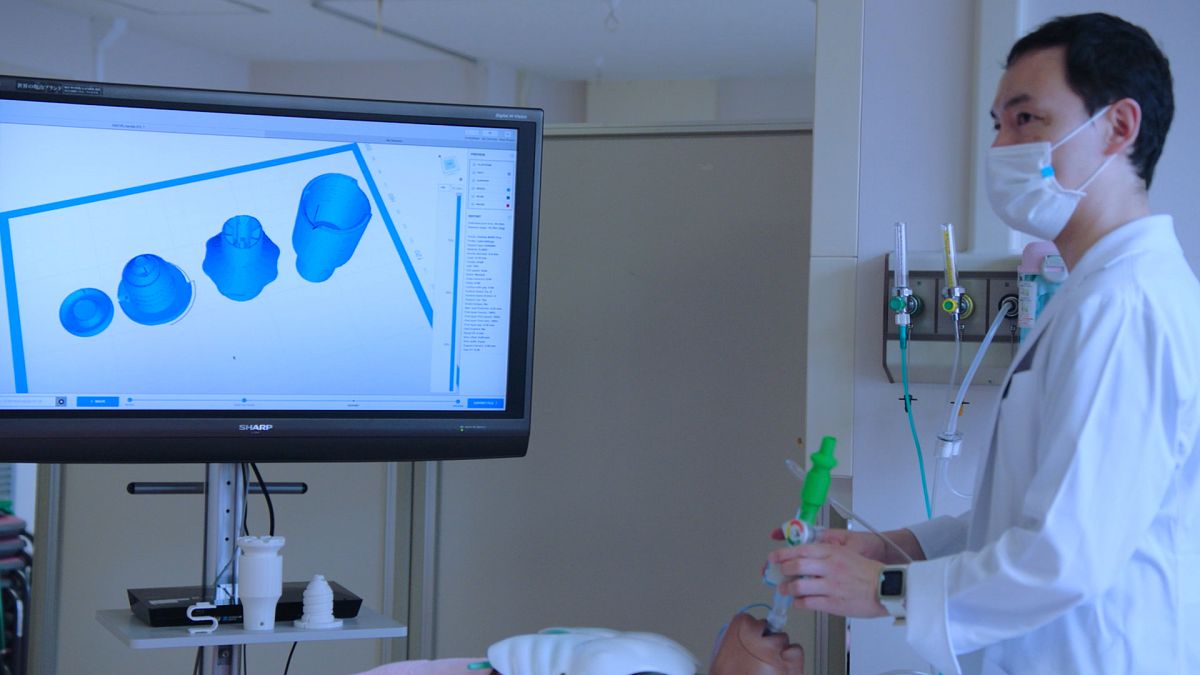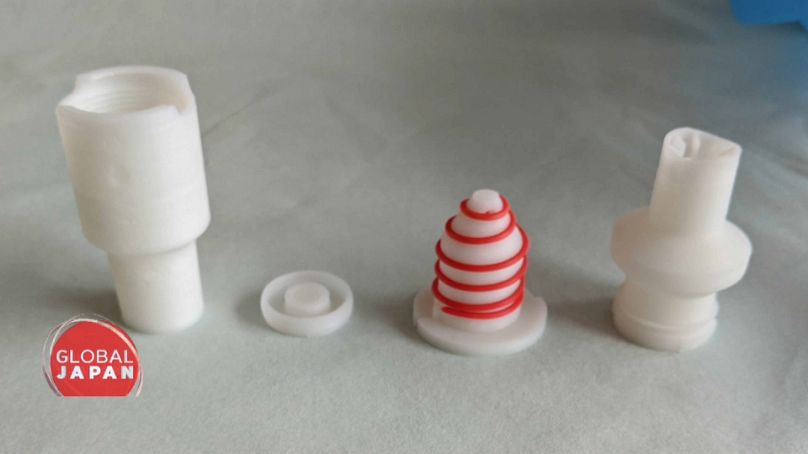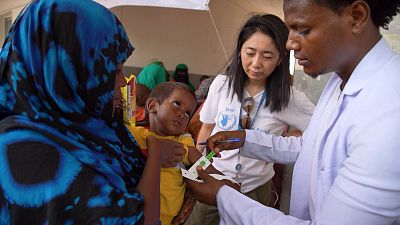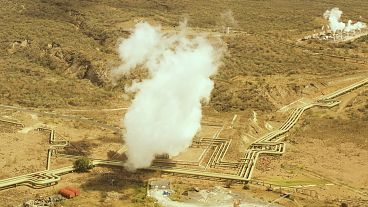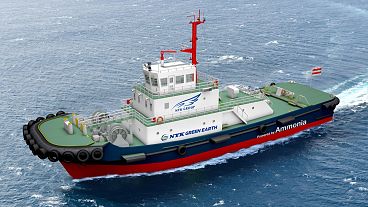Japanese 3D technology is helping to fight COVID‐19. A doctor at Niigata Hospital has developed a ventilator you can make with a 3D printer and a scientist at Asukanet Co. has created a touchless 3D screen.
It's Japanese technology that's come at just the right time - firstly, a ventilator that you can make with a 3D printer anywhere. And a touch‐free 3D screen, to avoid spreading infectious diseases.
3D printer respirator
A Japanese doctor has created a respirator adapted for use on earth using space technology, which can be created with a 3D printer.
One of its creators, Dr Ishikita Naoyuki , says it's revolutionary because it doesn't need electricity to operate:
"The roots of our project (are in) making the anaesthesia machine. But at this time, (with) this corona pandemic, we need a ventilator, so we just separated my system.
"A simple foot-pump and air compressor, or air and oxygen, is sufficient to operate the ventilator."
It's made from only four printed parts. The designs for them were transmitted to a 3D printer aboard the International Space Station, showing that the ventilator can even be made and used during extended space missions.
Dr Ishikita wants to offer the device free to the world:
"Why not? Because this is the natural thing, to help people. So if I share the data, we can save lives.
ASKA3D - the touch-free screen
There's another invention that can also reduce contact during the pandemic. Made in Hiroshima, it's a touchless screen with 3D images that float in the air, which you can manipulate with your fingers.
Called ASKA3D, it projects a liquid crystal display in mid-air, like a hologram. It's already being used in museums, showrooms and conventions. That means no wear and tear and, crucially at this time, no transmitting any diseases between users.
It was a ride on the Shinkansen, the bullet train, that inspired ASKA3D's creator.
Otsubo Makoto from Asukanet Co was watching the scenery go by when the idea struck:
"During a business trip, I was looking through the window of the Shinkansen and I saw the world in 3D.
"I had the intuition that if I could stock the light information in that 10mm-thick window, it would actually be possible to materialise the aerial imaging.
"The potential is only limited by one's imagination. Cinemas, public places where a lot of people gather, ticket machines in train stations, ATM, cars or in factories’ dirty environments to avoid touching touch panels."
With no need to touch the screen, it avoids wear and tear as well as prevents the transmission of COVID 19 or indeed any other disease that could be transmitted via touching surfaces.

